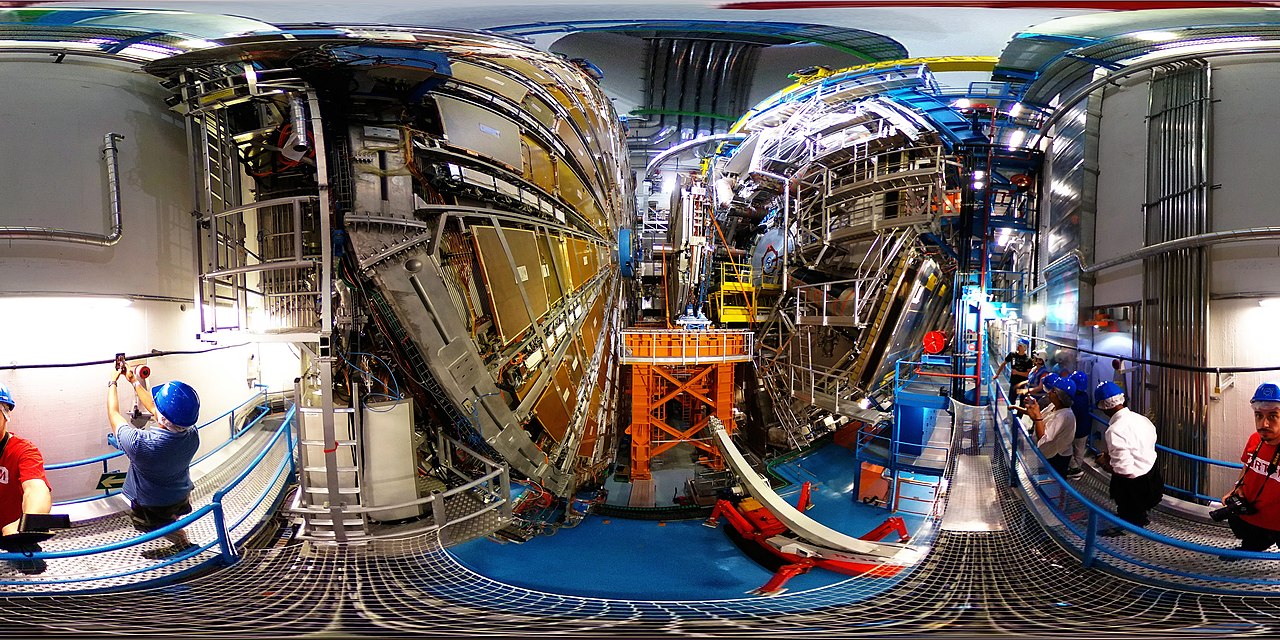News release
From:
ATLAS experiment measurements support universal truth of particle physics
A measurement of a fundamental principle of the standard model of particle physics — lepton flavour universality — captured by the ATLAS detector at the Large Hadron Collider is reported in a paper published in Nature Physics. The findings supersede the long-standing result from the Large Electron–Positron Collider.
Our understanding of elementary particles — the building blocks of the Universe — and the electromagnetic, weak and strong fundamental forces that act between them is formulated in the standard model of particle physics. Leptons are a type of elementary particle. Electrons, muons and τ leptons represent three varieties (or flavours) of charged leptons. The standard model assumes that the couplings of particles that mediate the weak force — known as ‘W’ or ‘Z’ electroweak gauge bosons — to leptons occurs irrespective of their flavour. This is known as lepton flavour universality.
The ATLAS Collaboration studied whether this ‘universal truth’ holds true for the coupling of the muon and the τ lepton to the W boson. A clean sample of W bosons was obtained from the decay of top quarks produced in proton–proton collisions and recorded with the ATLAS detector at the Large Hadron Collider. By measuring the ratio of the W decay rates to a τ lepton and to a muon, the authors were able to conclude that the weak force interacts with both types of lepton in the same way.
This result from the ATLAS Collaboration is the first such measurement from the Large Hadron Collider, and the most precise one to date, surpassing the precision obtained from experiments at the Large Hadron Collider’s predecessor — the Large Electron–Positron Collider.



 Australia; International; NSW; VIC; SA
Australia; International; NSW; VIC; SA



